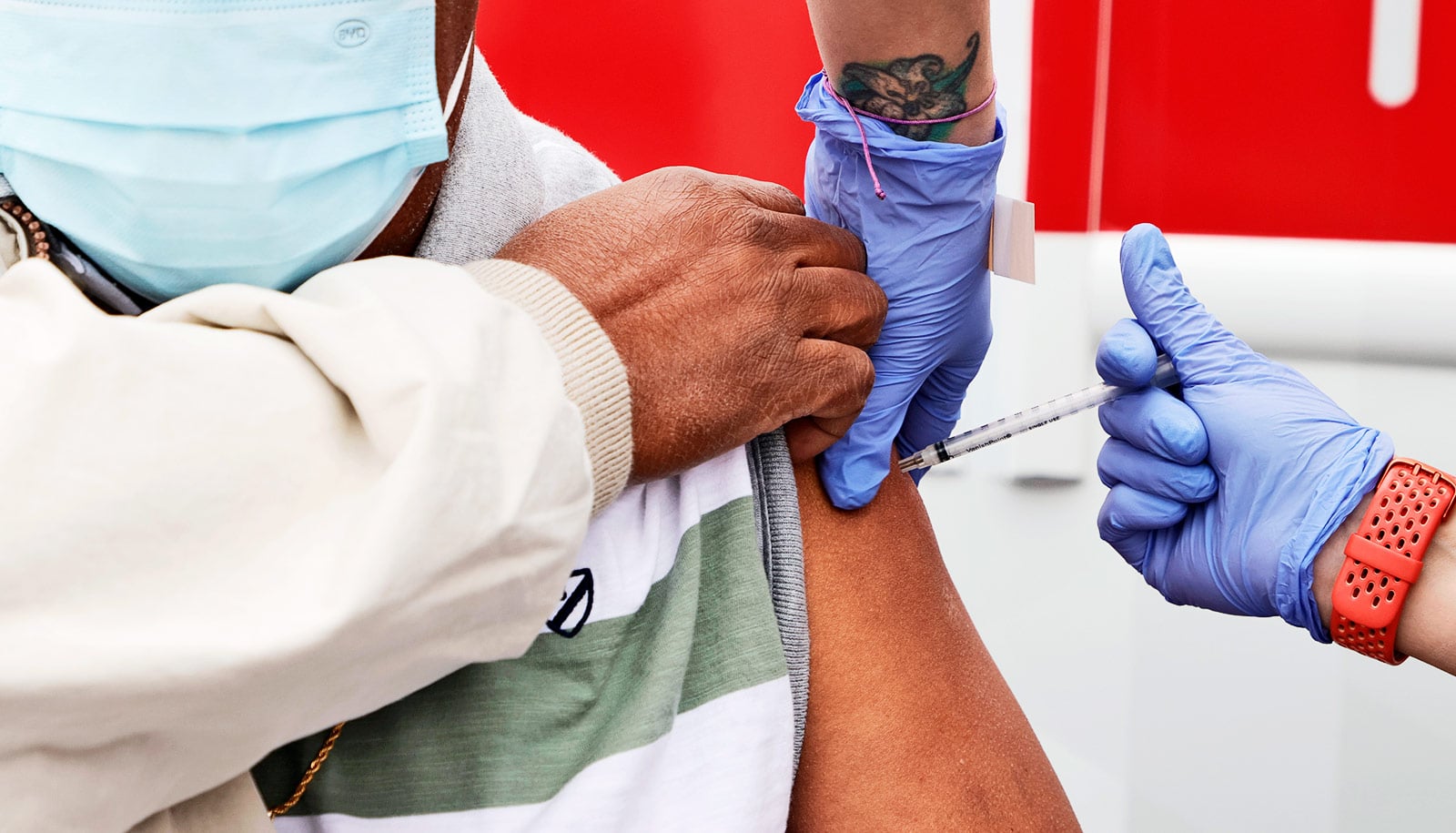A virus that affects rabbits has become more deadly over time, according to new research.
The findings highlight the need for rigorous monitoring of human viruses, including SARS-CoV-2, monkeypox, and polio, for increased virulence.
A common misconception is that viruses become milder over time as they become endemic within a population.
“During the COVID-19 pandemic, many people have incorrectly assumed that as the SARS-CoV-2 virus becomes endemic, it will also become milder,” says Andrew Read, director of the Huck Institutes of the Life Sciences at Penn State.
“However, we know that the Delta variant was more contagious and caused more severe illness than the original strain of the virus, and Omicron is even more transmissible than Delta. Our new research shows that a rabbit virus has evolved to become more deadly, and there is no reason why this couldn’t happen with SARS-CoV-2 or other viruses that affect humans.”
The rabbit virus, called myxoma, was introduced to Australia in the early 1950s to quell an out-of-control non-native rabbit population. Known as “myxomytosis,” the disease it caused resulted in puffy, fluid-filled skin lesions, swollen heads and eyelids, drooping ears, and blocked airways, among other symptoms. It was so deadly that it killed an estimated 99.8% of the rabbits it infected within two weeks.
Over time, however, the virus became milder, killing only 60% of the rabbits it infected and taking longer to do so.
“Scientists at the time believed this outcome was inevitable,” says Read. “What they called the ‘law of declining virulence’ suggested that viruses naturally become milder over time to ensure that they do not kill their hosts before they’ve had a chance to be transmitted to other individuals.”
Yet, when Read and his team began to study myxoma in rabbits in 2014, they found that it had regained the upper hand and was once again killing rabbits at a higher rate.
In the current study, published in the Journal of Virology, researchers examined several myxoma virus variants collected between 2012-2015 in the laboratory to determine their virulence. The team determined that the viruses fell into three lineages: a, b, and c.
Interestingly, the rabbits in their study exhibited different symptoms than those induced by viruses collected in the first decades after the release, Read says.
“Instead of developing puffy, fluid-filled lesions, these rabbits developed flat lesions, suggesting a lack a reduced immune response. In addition, these rabbits had significantly more bacteria distributed throughout multiple tissues, which is also consistent with immunosuppression.
“We interpreted this ‘amyxomatous’ phenotype as an adaptation by the virus to overcome evolving resistance in the wild rabbit population.”
Lineage c, however, produced a slightly different response in rabbits. Rabbits infected with lineage c had significantly more swelling at the base of the ears and around the eyelids, where mosquitoes typically bite. These areas also contained extremely high amounts of virus.
“Insect transmissibility is dependent on high amounts of virus being present in sites accessible to the vector,” says Read. “We hypothesize that lineage c viruses are capable of enhanced dissemination to sites around the head where mosquitoes are more likely to feed and that they are able to suppress inflammatory responses at these sites, allowing persistent virus replication to high amounts.”
The team’s findings demonstrate that viruses do not always evolve to become milder, Read says.
“By definition an evolutionary arms race occurs when organisms develop adaptations and counter-adaptations against each other,” says Read. “With myxoma, the virus has developed new tricks, which are resulting in greater rabbit mortality. However, over time the rabbits will likely evolve resistance to these tricks.
“An analogous arms race may be occurring with SARS-CoV-2 and other human viruses as humans become more immune. This is why it’s so important for vaccine manufacturers to keep up with the latest variants and for the public to stay up to date on their vaccines. Better still would be to develop a universal vaccine that would work against all variants and be effective for a longer period of time.”
Additional coauthors are from the University of Sydney and Penn State. The National Institute of Allergy and Infectious Diseases supported the work.
Source: Penn State


